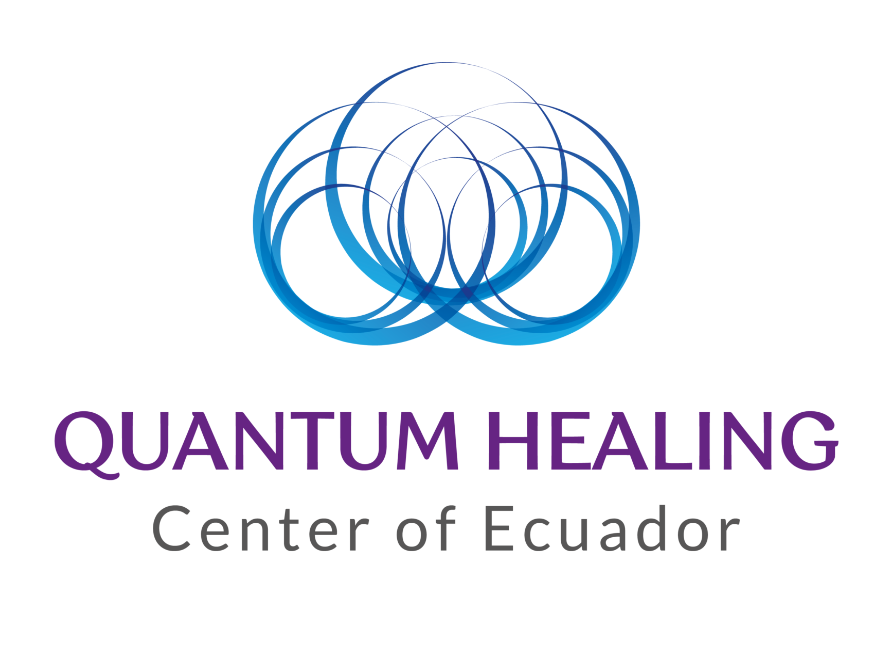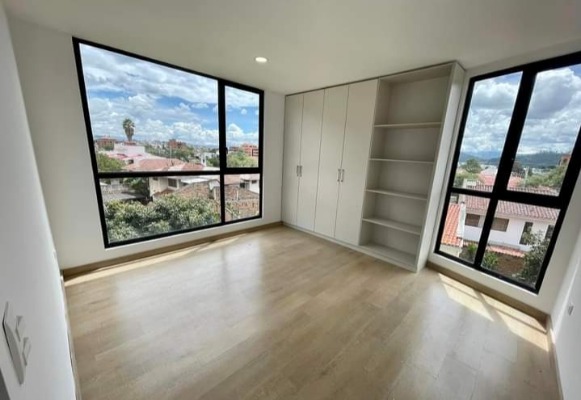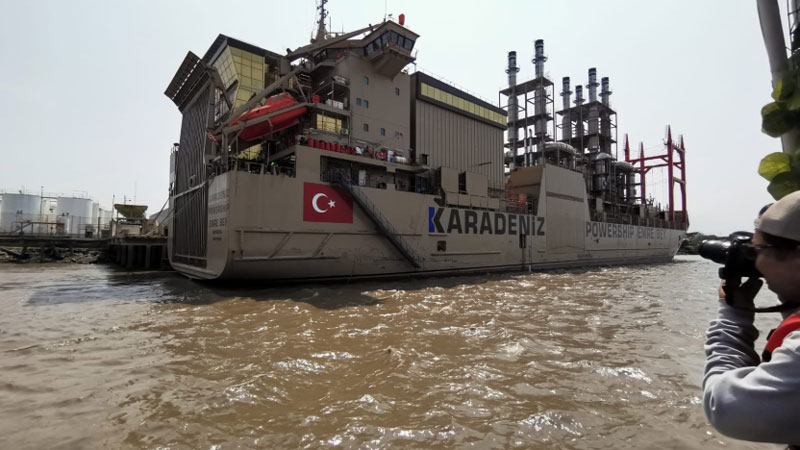Flights to Panama City and Lima begin; City budgets for new hospitals, sidewalks, bridges and parks; Drug gangs diversify; Prez candidates’ education plans
Lunes, 7/8/2023
Hola, Todos –
Actividades –
Concierto por Día de la Cultura (Concert for Culture Day) – The Orquesta Sinfónica de Cuenca will perform a concert el miércoles, 9/8 a las 20:00 in the Teatro Casa de la Cultura to commemorate the Día de la Cultura. The concert will premier Ecuadorian compositions that exalt the volcanoes, lakes, and landscapes of Ecuador with rhythms that fuse symphonic instruments with Andean and traditional instruments.
Titular –
La venta de uniformes activa a los negocios (The sale of uniforms activates businesses) – Parents are buying uniforms for their children ahead of the start of school el 22/8. <I hope the kids don’t outgrow the new uniforms in the next 2 weeks.> One parent calculated that regular daily uniforms and sports uniforms for her 2 kids would cost about $200. Costs depend on the size, quality of the fabric, and the school. Since 2018, girls and teens are no longer required to wear skirts. <I wonder what the proportion of skirt to pants wearers is? My generation’s dress code was skirts unless it was below 0° – Fahrenheit of course.>

The Cuenca cantonal council passed its 2024 budget, which includes new hospitals, parks and sidewalks. (El Mercurio)
De El Mercurio del sábado, 5/8 (1 article):
Vuelos a Panamá y Lima desde Cuenca (Flights to Panama and Lima from Cuenca) – Aeroregional returned to Cuenca with a maiden flight that landed el viernes with 45 passengers from Quito. This opened a new route of Cuenca-Quito-Panamá flying on los lunes y viernes; and starting el 10/8 the airline will start a Cuenca-Quito-Lima route flying los jueves y domingo. Flights leave Cuenca at 8:00 & 20:30, and depart from Quito at 6:15 & 19:00. The airline plans on increasing these frequencies to daily flights if the 4 flights reach 60-70% occupancy.
José Luis Aguilar, executive director of the Corporación Aeroportuaria de Cuenca (CORPAC), said that passengers can leave Cuenca, go through Migration in Quito and connect to Panama. CORPAC is working on the process so passengers can go through migration in Cuenca by the end of the year. This is part of a plan to get international certification for the Cuenca airport which will need to make infrastructure changes for control agencies such as Migration, Customs, Anti-Narcotics, Agrocalidad, and the Ministry of Health. Also part of the certification will be to operate with the planes currently in use: Latam’s Airbus A-319 with a 144 passenger capacity, Avianca’s Airbus A-320 with a 180 passenger capacity, and Aeroregional’s Boeing 737-500 with a 130 passenger capacity.
Cuenca –
De El Mercurio del sábado, 5/8 (1 article):
Concejo Cantonal aprobó el presupuestgo prorrogado (Cantonal Council approved the extended budget) – El viernes, the Consejo Cantonal unanimously approved the budget for the rest of 2023 which amounted to $117,918,455. Municipal finance director Estefania Vintimilla said that administrative expenses have been reduced. $12 million was cut just with a reduction in goods and machinery, office materials, insurance, and basic services. The Municipio stopped buying unnecessary things and is working with what it has. Various councilmembers pointed out items in the budget including $2.1 million for the Acción Social Municipal which is the first time it has been included in the budget since its creation. El Niño has also been included in the budget with $154,000 if it arrives and affects residents of the canton. Also El Niño related are another $200,000 for the Dirección de Obras Públicas (Department of Public Works), and $146,000 for the Dirección de Gestión de Riesgos (Department of Risk Management).
De El Mercurio del domingo, 6/8 (2 articles):
El presupuesto municipal prioriza inversión en obras (The municipal budget prioritizes investment in works) – The $227,918,455 budget for 2023 includes income from 3 line items: current income, capital, and financing. The current administration was able to reduce the budget by $50 million.
Estefanía Vintimilla, Municipal financial director, said that the budget for the Conseje de Seguridad Ciudadana increased from $3 to $3.8 million. The $5 million for the Guardia Ciudadana remained at $5 million. Within the carry-forward budget <I have no idea what that is. Any accountants out there with an answer?> is $76 million for studies for emblematic projects such as construction of hospitals in El VAlle, Ricaurte y Baños; and advance payments for projects such as the Av. del Migrante, restoration of the Francisco Sojos stairs, interventions in the mercados, and construction of new parks.
The budget includes 21 new projects, 127 in progress, and 19 finishing up. Projects include a bridge at the U. of Azuay, the Parque del Ferrocarril, a bridge over the Machángara, sidewalk reconstruction, roadblocks at the accesses to the prison in Turi, funding for El Fondo Violeta for women who are victims of violence, day care centers, improvements to the Hospital de la Mascota, dining rooms for public employees, and projects for the municipal publishing house, and libraries.
USD 9.3 millones para las juntas parroquiales (USD 9.3 million for parish boards) – The 2023 budget assigns $9.3 million to the 21 parish governments, an increase of 50% above the amount established in the ordinance. Ex-councilman Diego Morales stressed the importance of this increase since no junta will receive less than $200,000 which will be administered directly by the parish GAD. With this, the inequality gap between rural and urban can continue to be reduced. The ordinance calls for the money to go to road infrastructure, productive projects, and social projects including for vulnerable groups such as children, teens, and seniors. The rural sector has about 300,000 habitants. <I hope you know by now that there are urban and rural parishes making up the canton of Cuenca. What is generally thought of as “Cuenca” are the urban parishes. The farthest rural parishes are at the border with Guayas Province.>
Actualidad –
De El Mercurio del sábado, 5/8 (2 articles):
90% de población infantil vacunada (90% of children vaccinated) – The MPS was successful in vaccinating more than 3.4 million kids in 14 weeks against polio, measles, and German measles. This is 90% of children from 1 to 12 years old.
Guayaquil con más empleo informal (Guayaquil with more informal employment) – According to the Encuesta Nacional de Empleo, Desempleo y Subempleo, (Enemdu – National Survey on Employment, Unemployment and Underemployment) by INEC, showed a 43.1% rate of informal employment in Guayaquil making it the city with the most informal employment. Informality is evidenced by the high percentage of people unaffiliated with IESS. 60% of working people in Guayaquil don’t have either social security nor private insurance.
Elecciones –
De El Mercurio del domingo, 6/8 (1 article):
This is the 1st of a series of 7 articles with the different campaign promises from each of the 8 presidential candidates on different issues. <It looks like each candidate submitted a longer written statement which was condensed by the newspaper.> This 1st article is about education.
Yaku Peréz – Alianza Claro que se Puede
Peréz proposes to construct an emancipating and diverse national education system through the democratization of a model which gauarantees a universal basic education. He offers free entrance to university education and incorporation of an autonomous intercultural bilingual education system that’s efficient and of high quality. Another promise is to boost a humanist, technical and technological bachillerato (high school) associated with local productive systems in support the productive development of the country. He plans to encourage keeping students in formal education with scholarships and to combat dropping out. He will ensure higher education with autonomy, research and production of knowledge. He will also restore the budget for institutions of higher education. HIs plan consists of a section about innovation, science and technology for students to make a commitment to personal and social change y using science and technology.
Daniel Noboa – Alianza Acción Democrática Nacional
Noboa’s work plan consists of a section called ‘education for peace’ and offers to work with schools and families to promote education in values, respect, and tolerance from infancy. He plans to create educational programs centered in peaceful resolution of conflict and a respect for human rights, to promote living together in harmony. He will fortify continuing education and training programs for teachers directed towards the needs of each stage of formative development. He will look for strategic alliances which promote technical and vocational education, linking the educational system with the productive sector with the goal of creating a vision of more comprehensive education. He will promote integrated spaces of intercultural education, facilitate tools for intercultural formation from infancy to ensure cultural diversity and ancestral knowledge. He would implement programs in financial education to improve the public’s knowledge of financial services. he would integrate entrepreneurial content in the scholastic curriculum.
Luis González – Revolución Ciudadana
González promises to strengthen a model for a bilingual, intercultural educational system and its teaching materials with financial and educational autonomy. The plan includes creation of an observatory for the Defensa de la Transparencia en el Acceso y Gestión de las Instituciones de Educación Superior e Investigación (Defense of Transparency in the Access and Management of Higher Education and Research Institutions). She plans to encourage active intervention in higher education in informed and enlightening discussions with a critical spiri. She will reclaim the public and social character of higher education, opposing negotiations that induce processes to commercialize education. She would boost the formation of technicians and technologists in the higher education system and sponsor the movement of teachers, researchers and students between institutions and to overseas.
Jan Topic – Por un País sin Miedo
Topic offers to fulfil the investment in education and review the proper allocation to improve the quality of the scholastic infrastructure, update educational resources, and ensure teaching and administrative staffing levels. He proposes to implement training and professional development for teachers to ensure the updating to best practices in teaching so as to provide quality education. He would promote incentive to attract and retain the most talented educators and update the curriculum. He seeks to promote inclusive education and guarantee that all children and youth, whatever their socioeconomic situation, gender, ethnicity or disability, will have the opportunity to access education. He made a reference to promote the incorporation of technology into area of education, guaranteeing the availability of devices and internet connection for free to schools. He would establish mechanisms to evaluate and follow-up the quality of education to identify areas for improvement, make adjustments in education policy, and guarantee fulfillment of quality standards.
Otto Sonnenholzner – Alianza Actuemos
Sonnenholzner’s plan would raise the quality of education by improving standards at all educational levels, promoting the comprehensive development of students. He would increase coverage and equity to guarantee an inclusive and standardized education and promote intercultural education. He would incrfease the gross enrollment in the 3d level of higher education in universities, polytechnical schools, and institutes and conservatories. He would strengthen public institutions of higher education with more support in terms of coverage, relevance and quality of education. He would promote scholarship programs for the formation of human talent en collaboration with international stakeholders and the private sector, and enhance the processes of research and innovation in the country. He woujld also strengthen public purchasing by institutions of higher learning.
Bolívar Armijos – Movimiento AMIGO
In his work plan, submitted to the CNE, Armigos wrote that each TV channel has to fall with one hour each day on programming about gender violence, the same as radio. He would reform the curriculum so students learn to live in a world full of new opportunities and threats. Chilren should learn to navigate in a virtual world. He proposes that students learn the basics of AI, robotics, blockchain and cybersecurity. He offered to implement free on-line English academy. He wrote that students in public high schools would have the right to a tablet and Internet. Private high school students would have the right to a computer with 36 interest free payments. He said that any private university receiving funds from the State should grant scholarships to 50% of its students. He would return to public technical institutions since they are an alternative training. He would incorporate education for administrators of Pequeñas y Medias Empresas (PYME – Small and Medium Businesses), bring back civics and ethics classes, as well as logic classes.
Fernando Villavicencio – Movimiento Construye
Villavicencio would increase public education with scientific and technological training for youth as well as instruction that is linked to the needs and opportunities of the job market. His work plan includes educational programs that promote the values of living together peacefully, conflict resolution, and a culture of lawfulness from the very first stages of learning. He would establish programs of crime prevention and promotion of integral well-being focused on at-risk children and youth. He would incorporate programs to strengthen families, education in parenting skills and prevention of mistreatment, and promote participation in protection of rights of children and adolescents. His proposal includes strengthening civics and ethics education, boosting citizen participation, and respect for human rights. He would develop supplementary education projects, sports, and art and culture as well as participation in community based activities.
Xavier Hervas – Movimiento RETO
Hervas would promote education about safe use of information and communication technology, about fighting against cyber crime, and protection of personal data. He would promote education in values, ethics and citizenship from the earliest stages; encourage respect for the law; peaceful coexistence and crime prevention. He would make awareness-raising campaigns about crime prevention and the responsibility of all citizens to build a safe society. He would take the responsibility of bringing technological education to the more or less 210,000 high school graduates who do not go to university. He promises universal access to education, strengthening early education, improve the quality of education. inclusive education, and promotes free connectivity. He will also implement policies that will provide scholarships, subsidies or financial aid programs to low-income families.
<Today’s (lunes) issue for the candidates is security. But it’s 11 pm, and translating their education proposals took 3 hours and I don’t have another 3 hours of energy to translate their security promises. In fact, I’m not even going to proofread the campaign blah, blah, blah. Given the verbiage on education, I’m not sure it’s worth while translating the rest of the 7 issues. Your prize, if you read all 8 of the campaign statements, is a mashed potato sandwich on white bread.>
Mundo –
Oro por cocaína, el narcotráfico expande sus redes por la Amazonía (Gold for cocaine, drug traffickers expand their networks in the Amazon) – Narco-trafficking has quietly expanded its power in the Amazonía, helped by the state vacuum, the porousness of the borders, and violence. How to combat this criminal emporium is a central issue of the Cumbre Amazónica which will be held el 8 & 9/8 in Belém do Pará, Brazil. The biggest tropical forest in the world has become a strategic region for transporting drugs from producing nations such as Colombia, Perú y Bolivia to consumers, including Brazil. About 40% of the cocaine traffic in Brazil goes through the Amazonía where criminal gangs that control the routes have grown in the last decade.
The gangs have used the thick cover of the jungle since the 80’s, but they have modernized their methods in recent years. They operate both from inside and outside the jails with a military like jerarquía (hierarchy – your word for the day), and they have added new practices to their criminal catalogue. From drugs they have expanded into mining, land occupation and commerce in hardwoods. They use the infrastructure of illegal mining to move drugs including primitive air strips. In Pará, where the summit is meeting, there are about 40 localities which have been taken over by the gangs. The gangs shape their networks according to the economic strength of each municipality. If there is a business where they move in, they get involved in it. Examples are exploitation of gold, cassiterite <tin ore>, and manganese.
And that’s all for today so hasta ? –
Jeanne
_________________
Editor’s note: Jeanne’s Periodico is a translated digest of news from the Cuenca daily newspaper El Mercurio. If details, such as event dates and times, do not appear in the translation, they did not appear in the newspaper (please don’t ask her for them). If information is incorrect, they are the responsibility of El Mercurio. The text between the carrots, or guillemets (< … >), is Jeanne’s personal opinion and not part of the news translation.

















